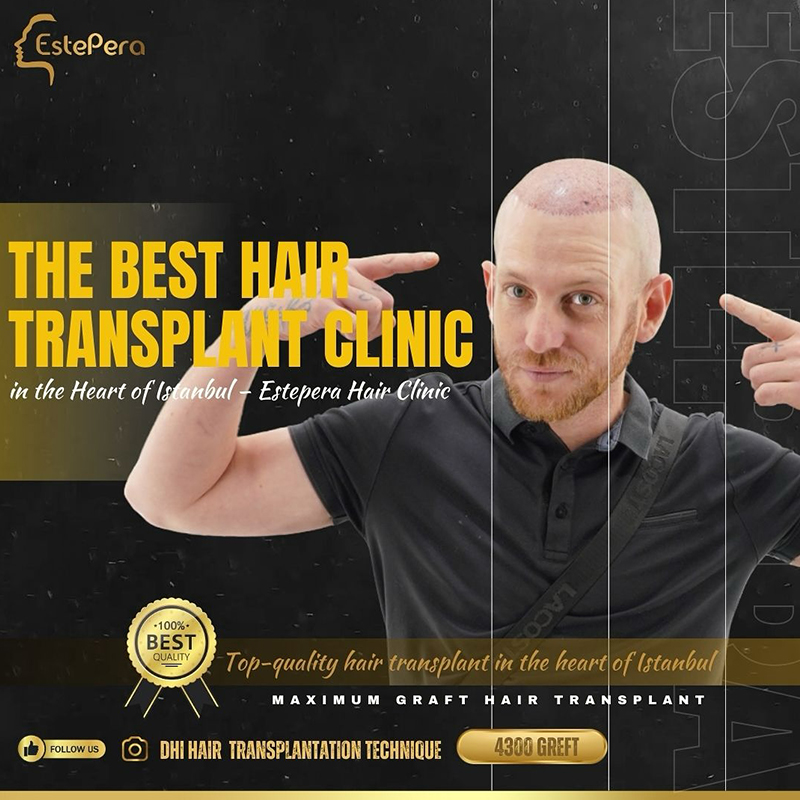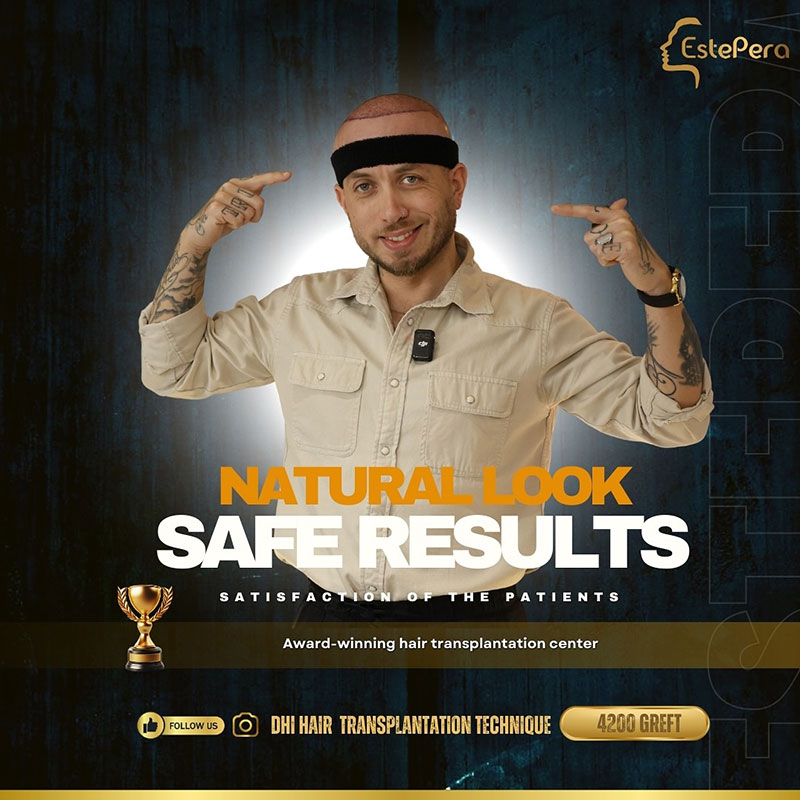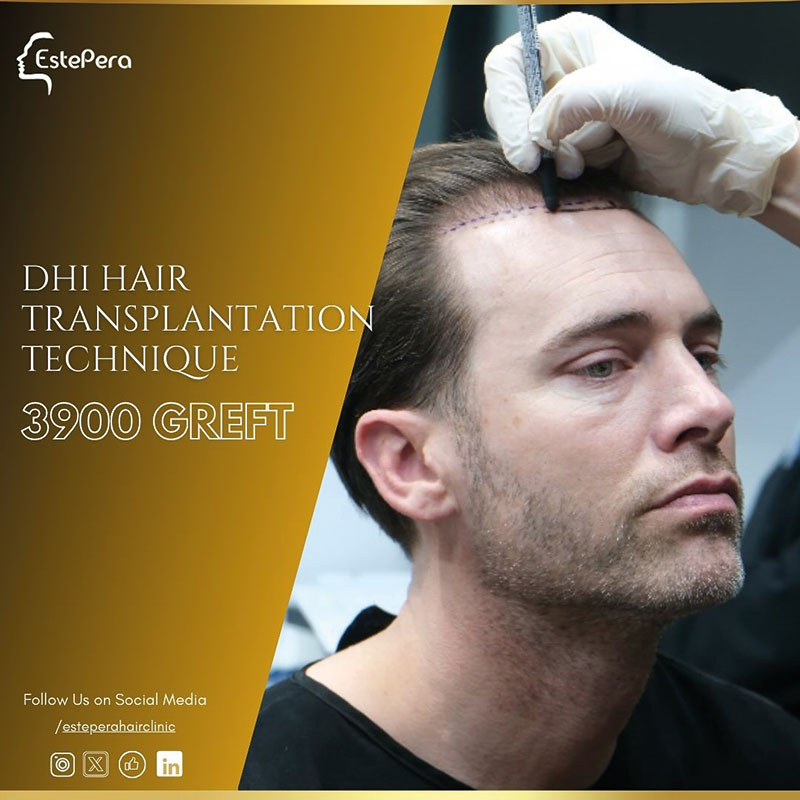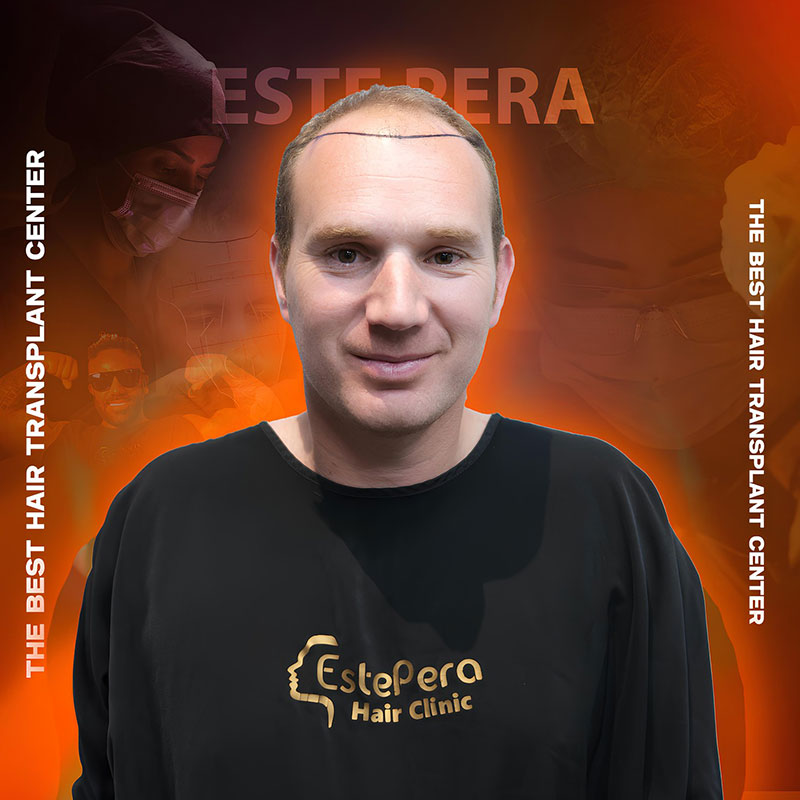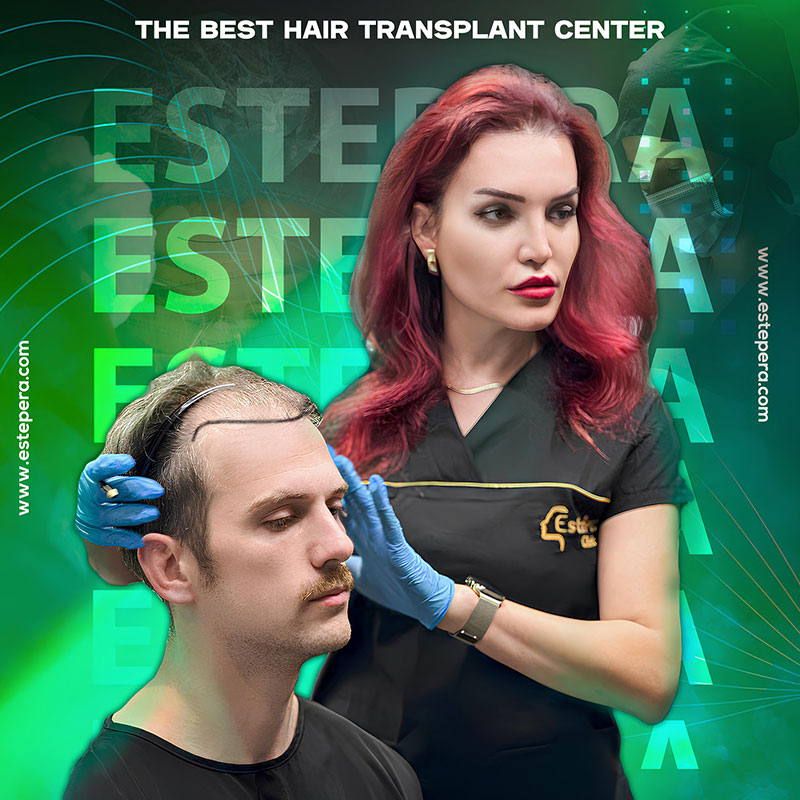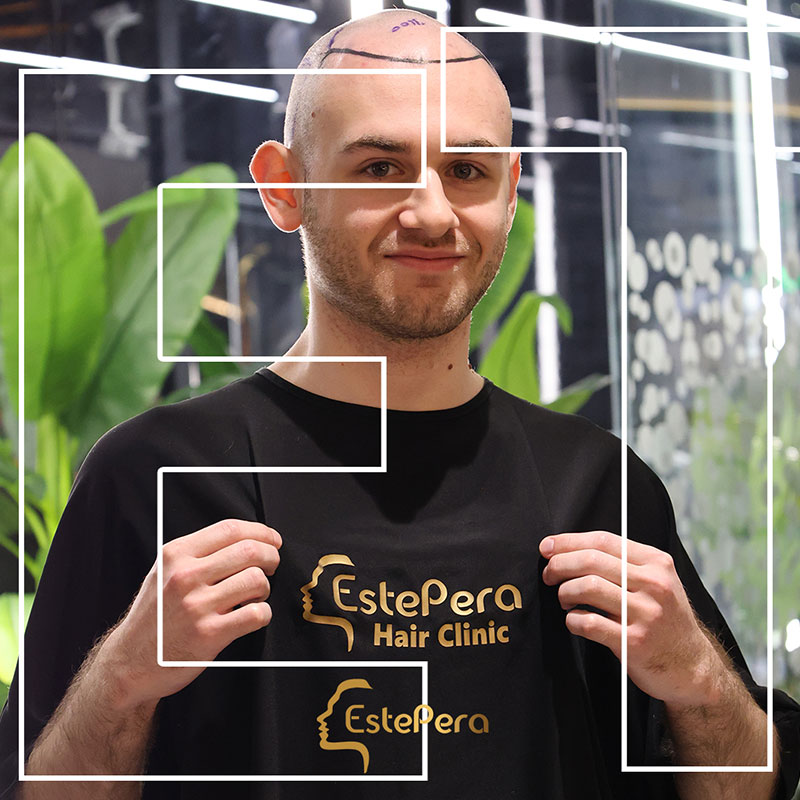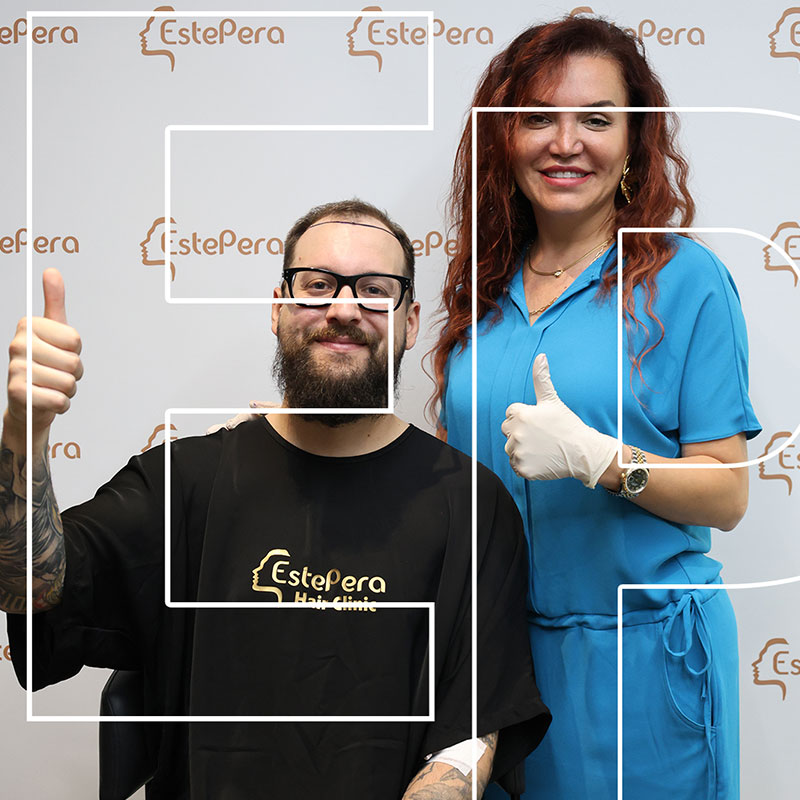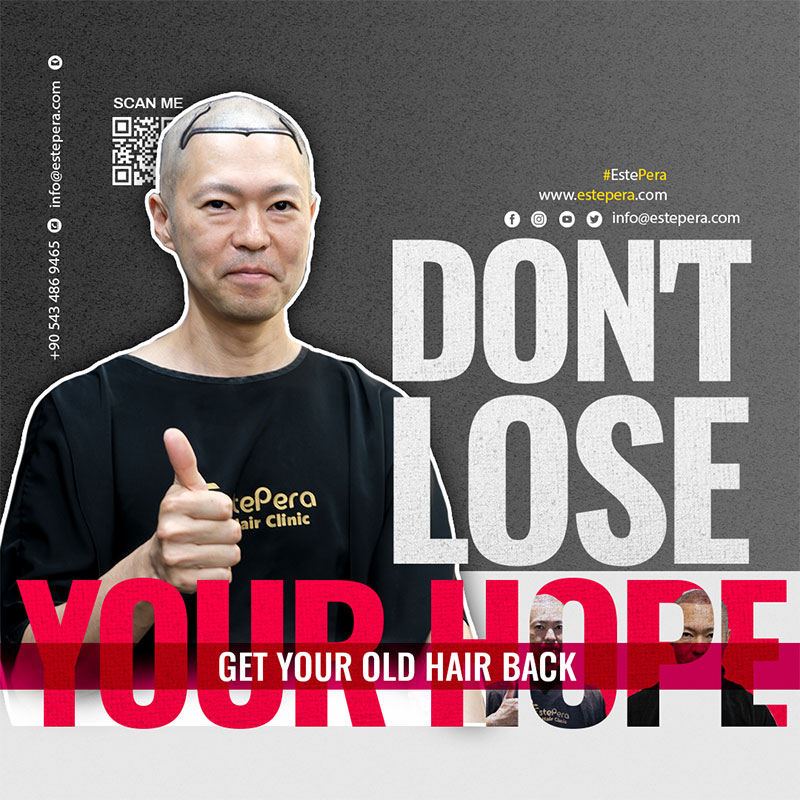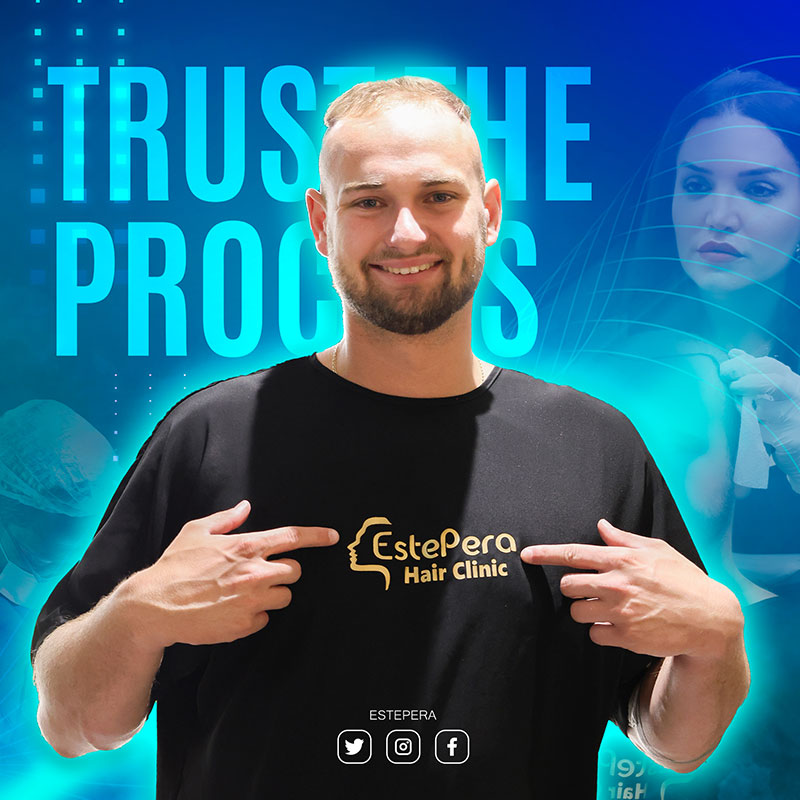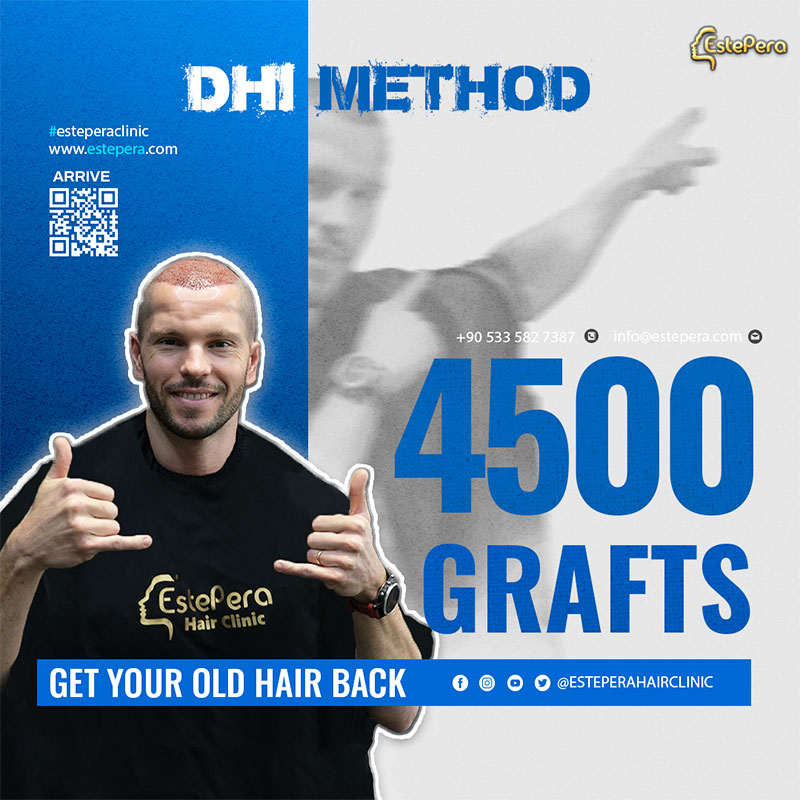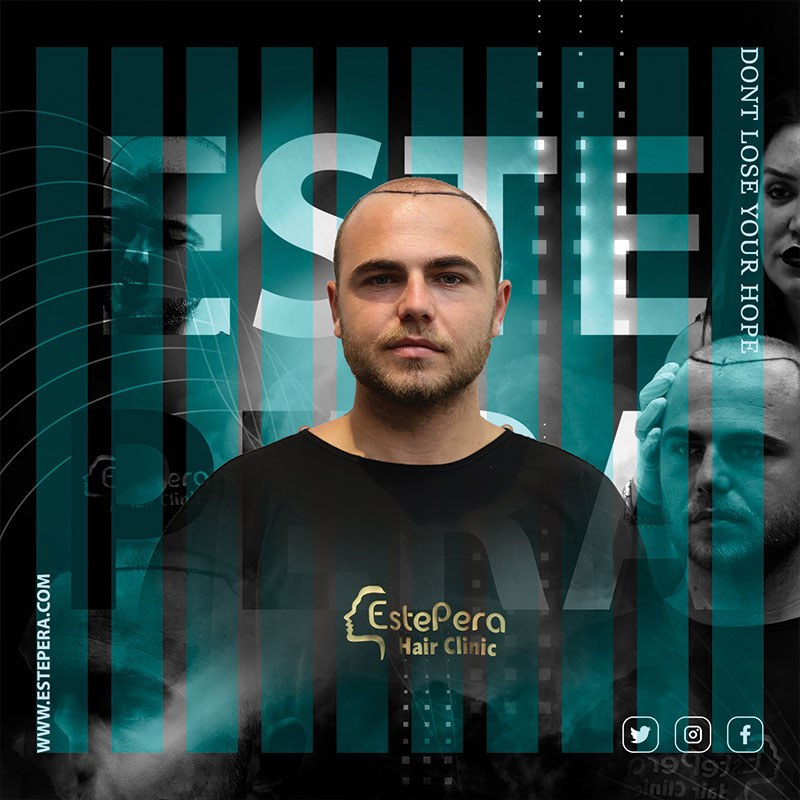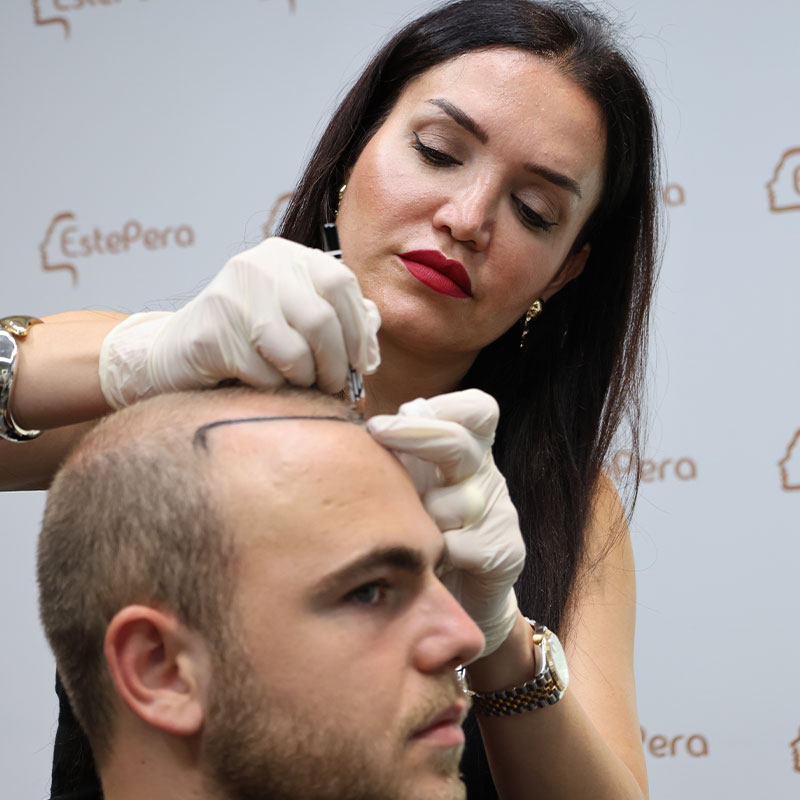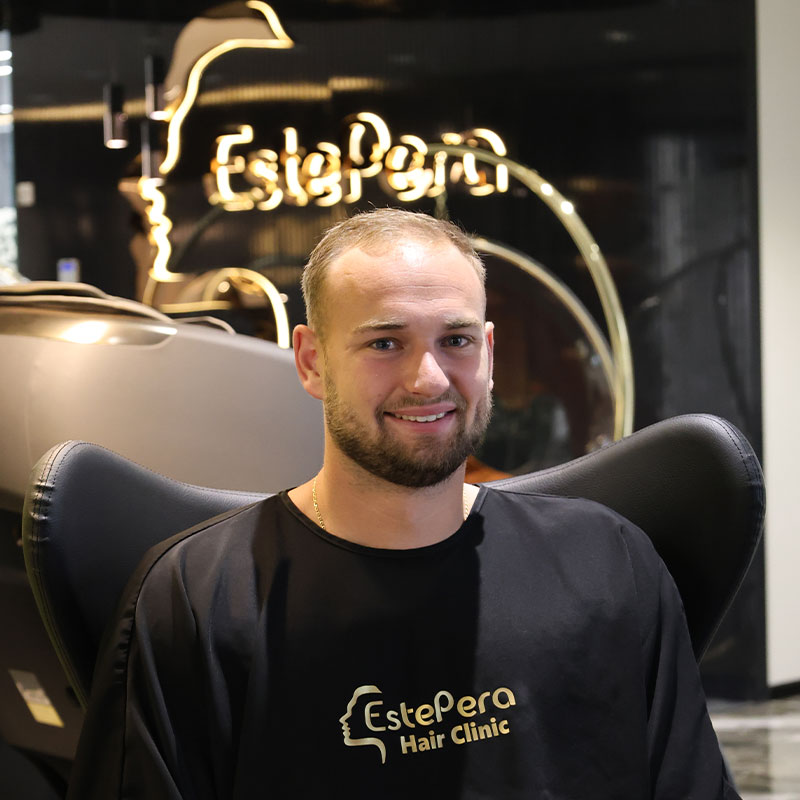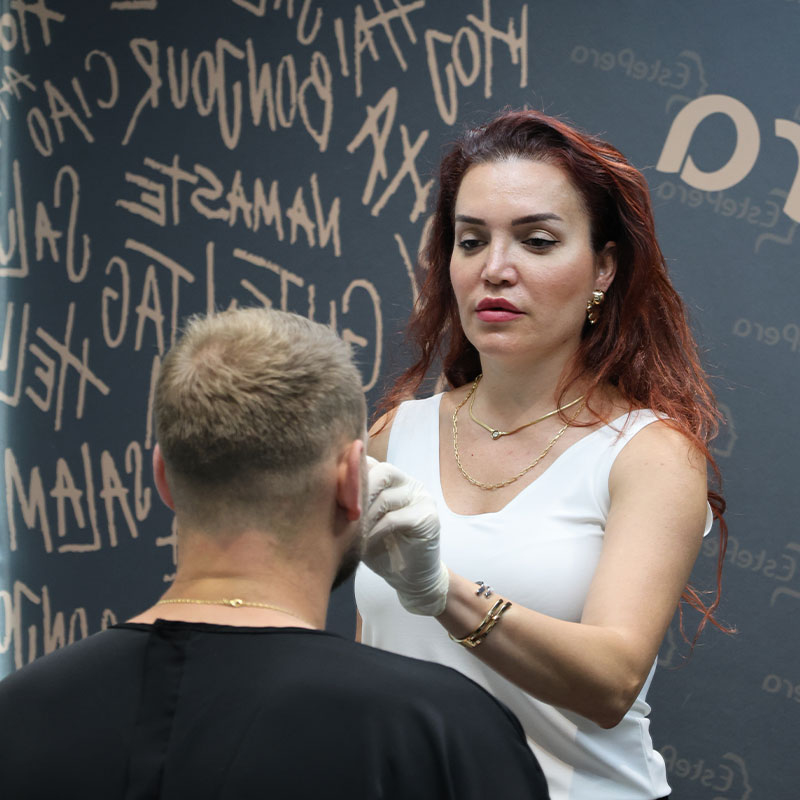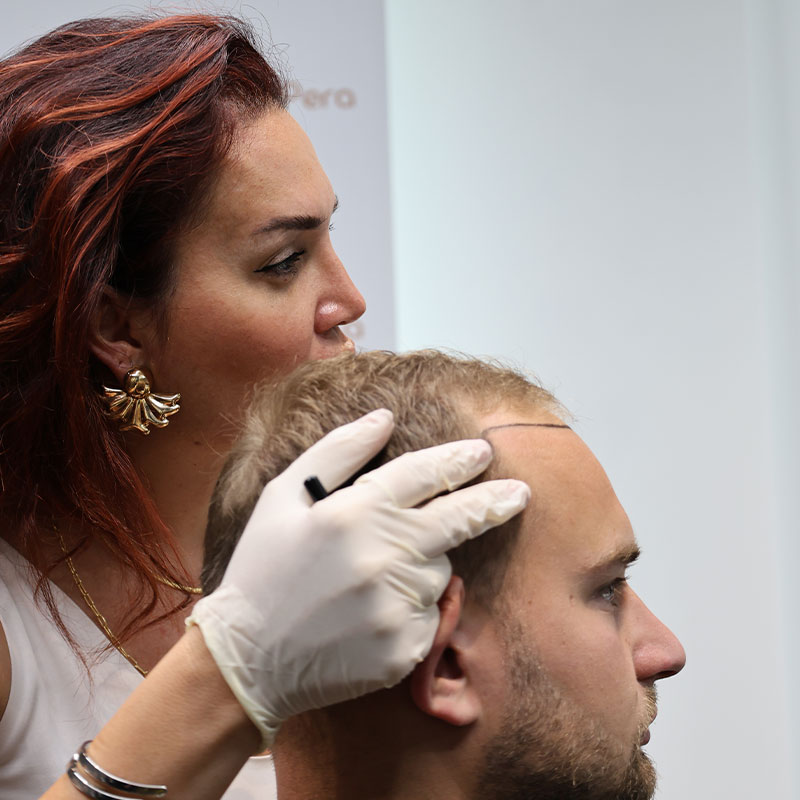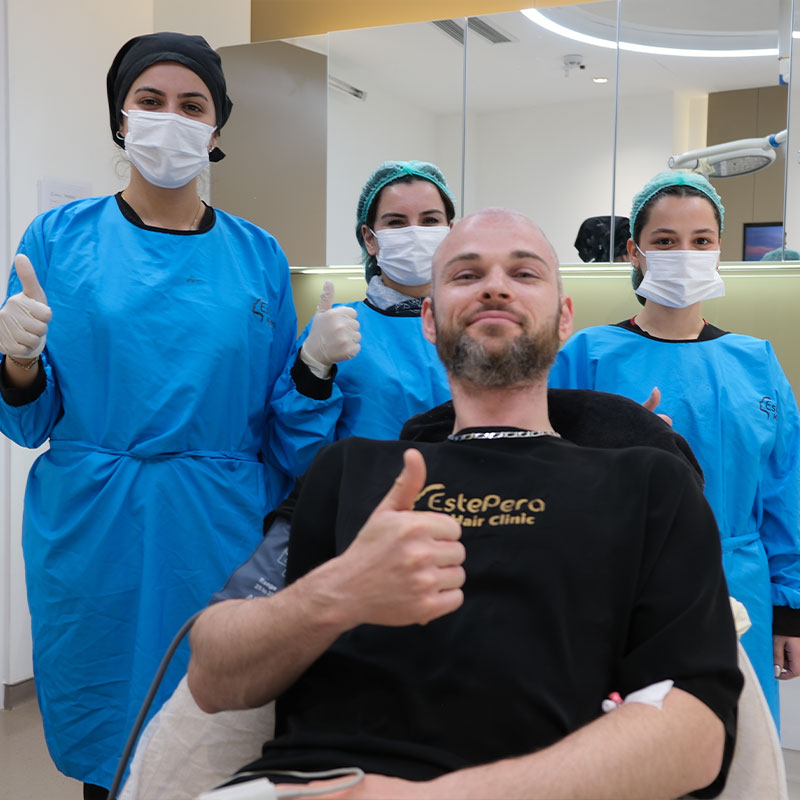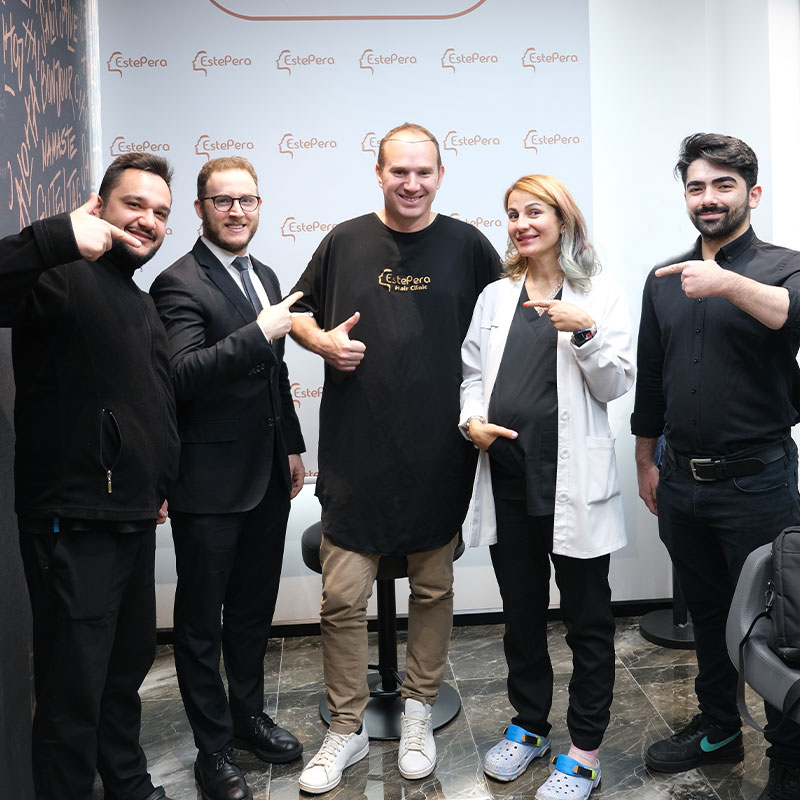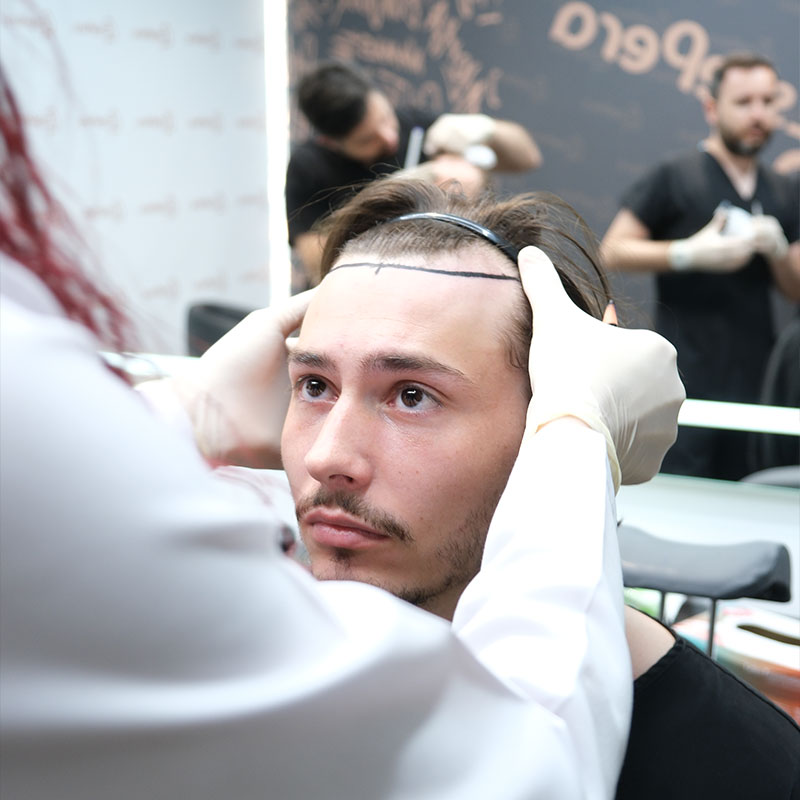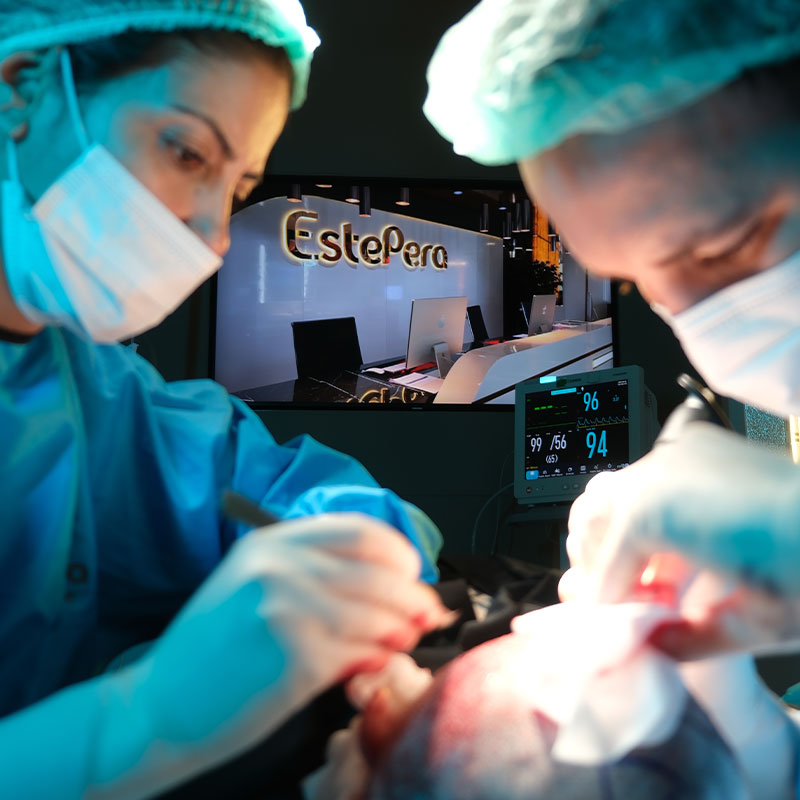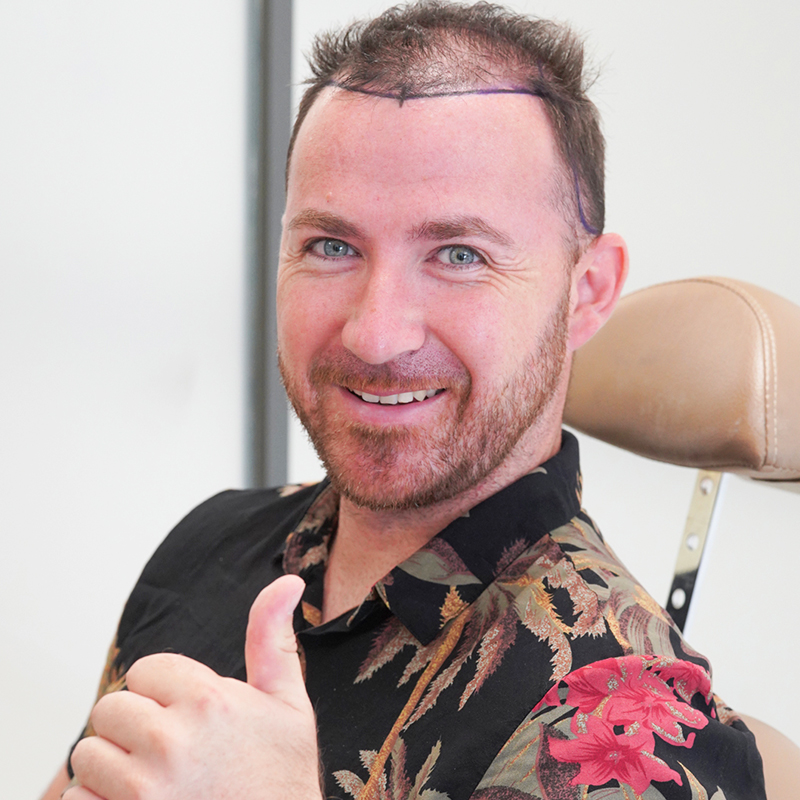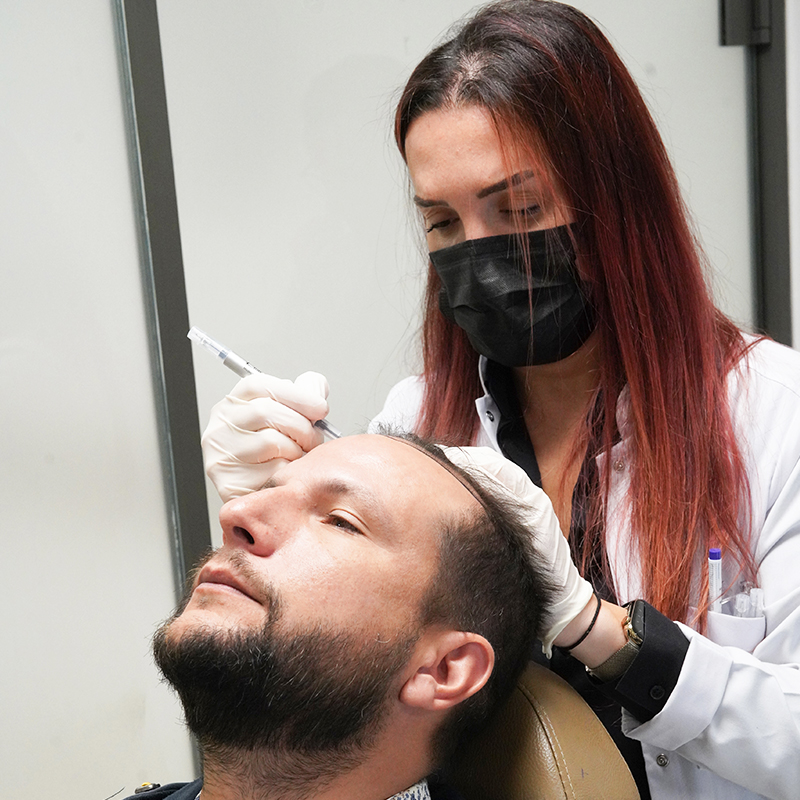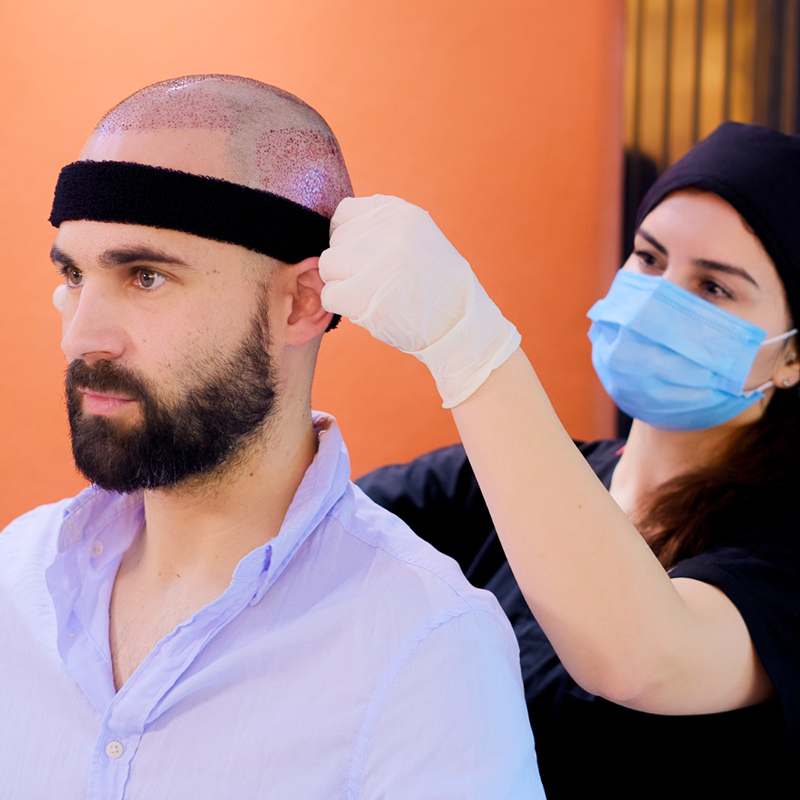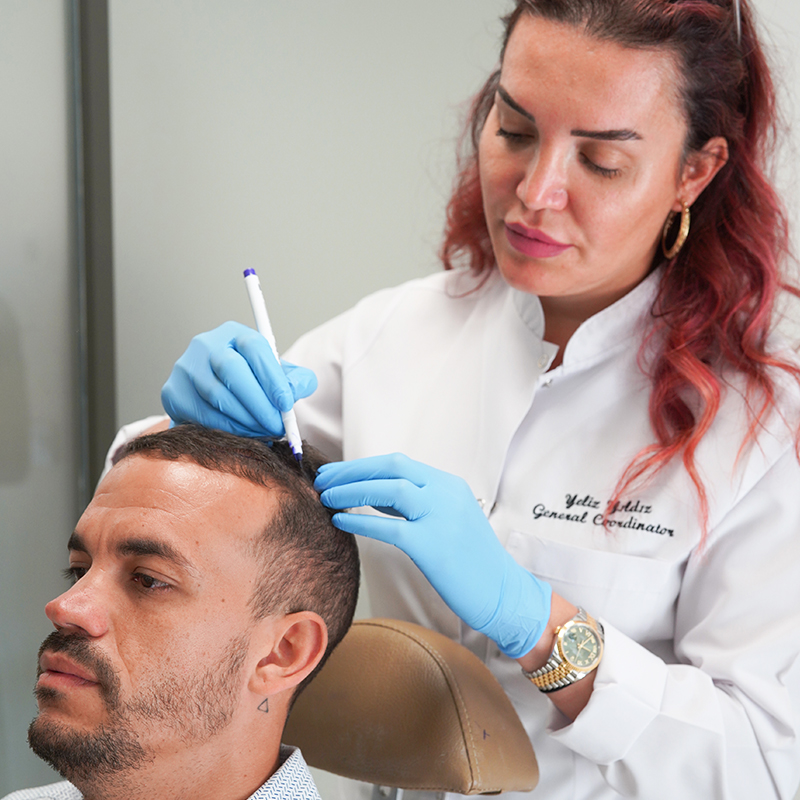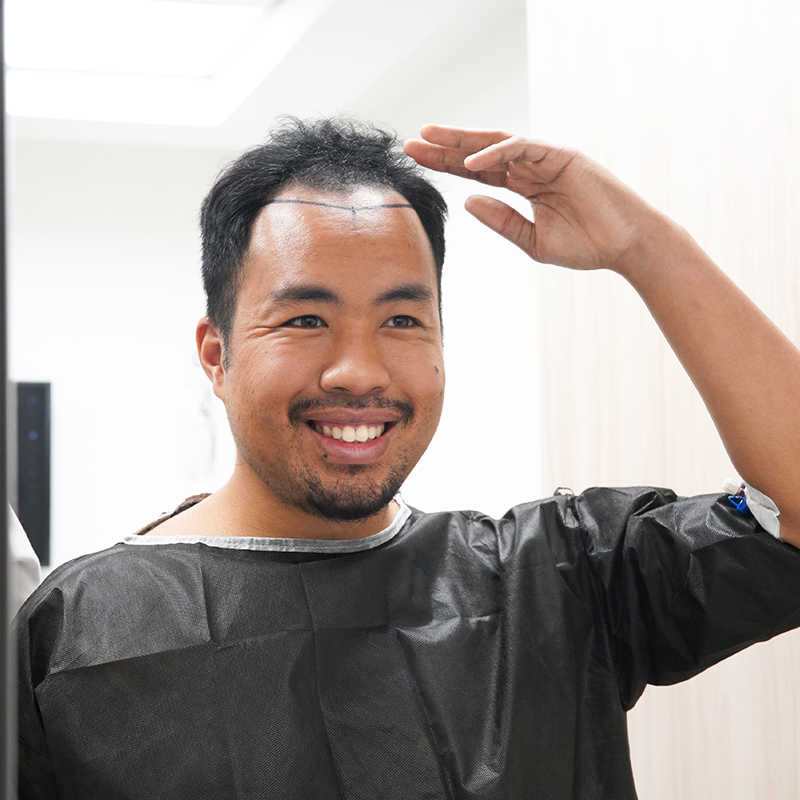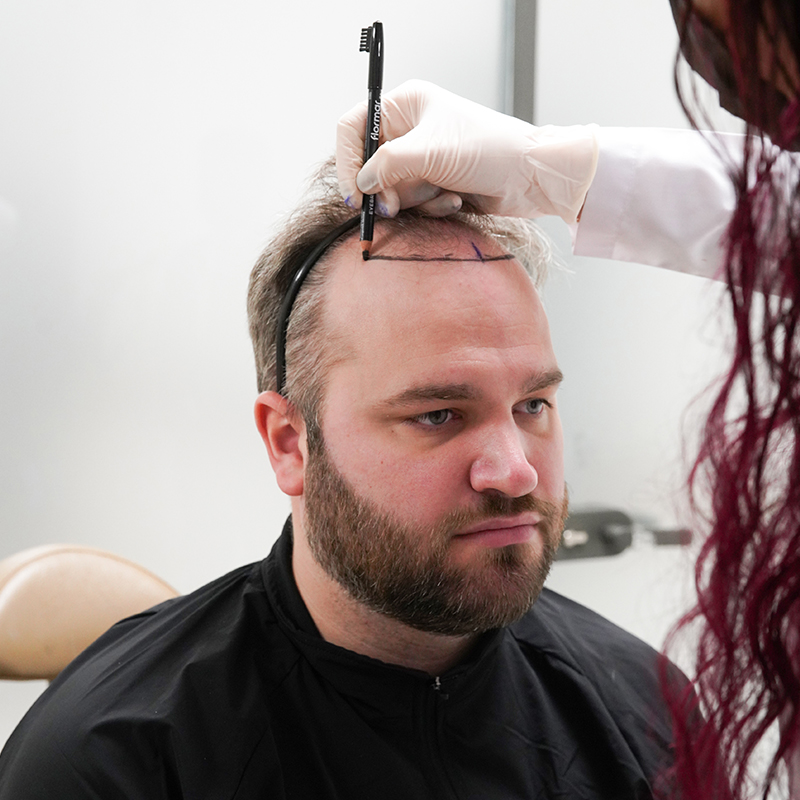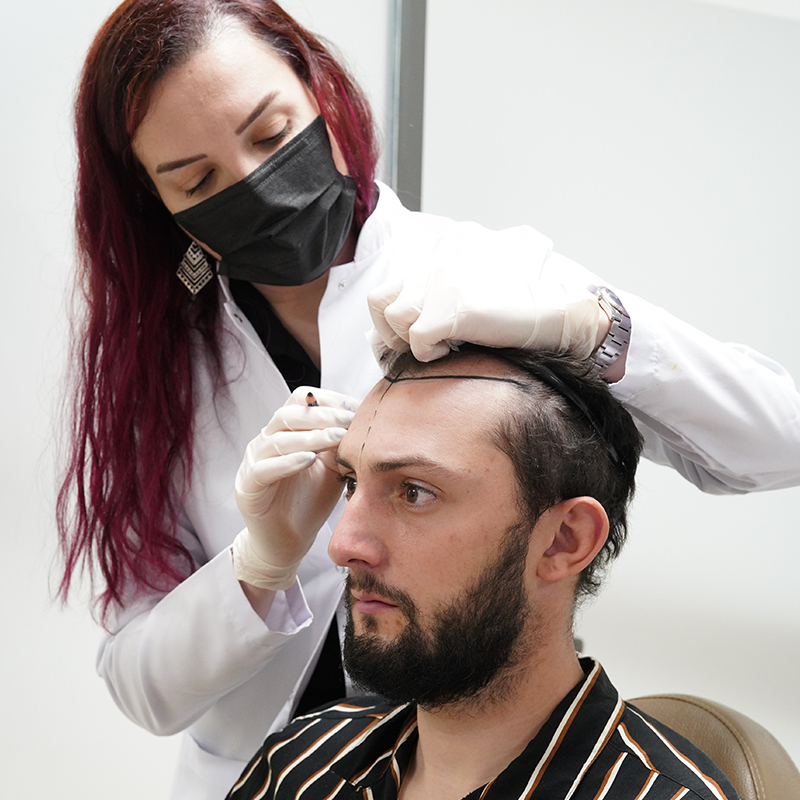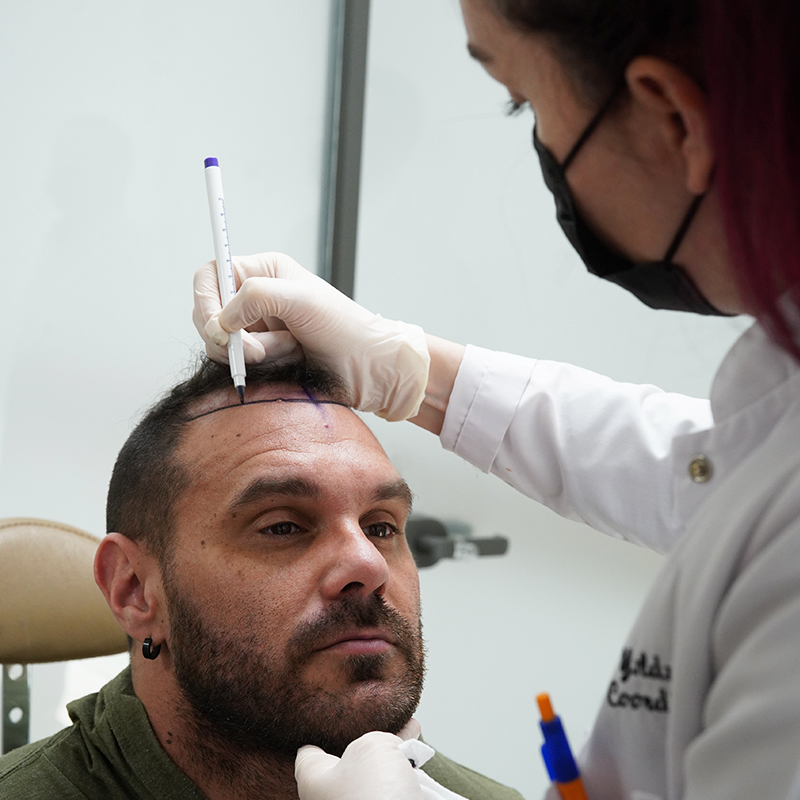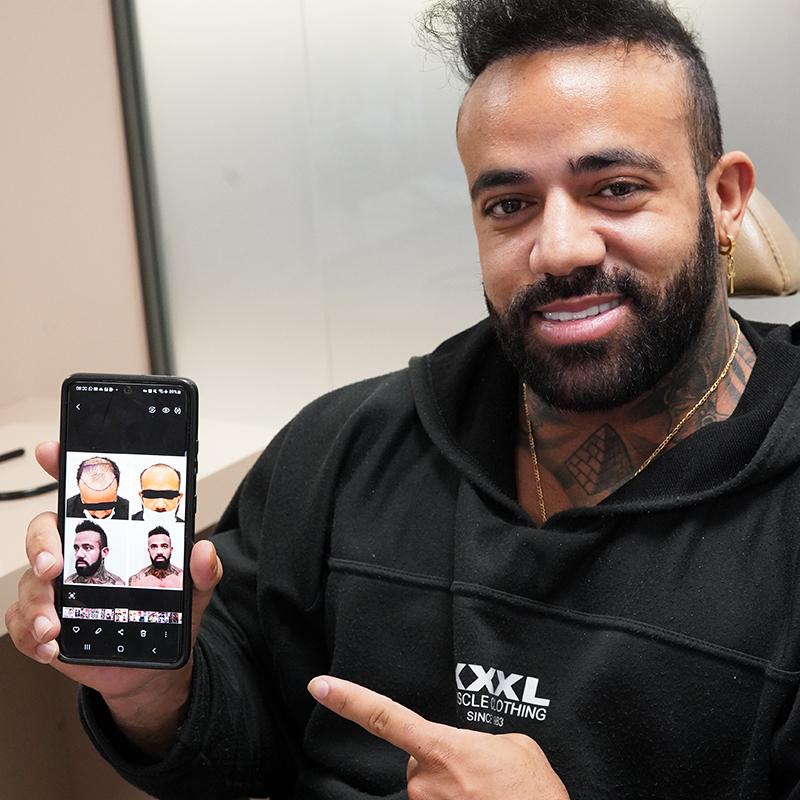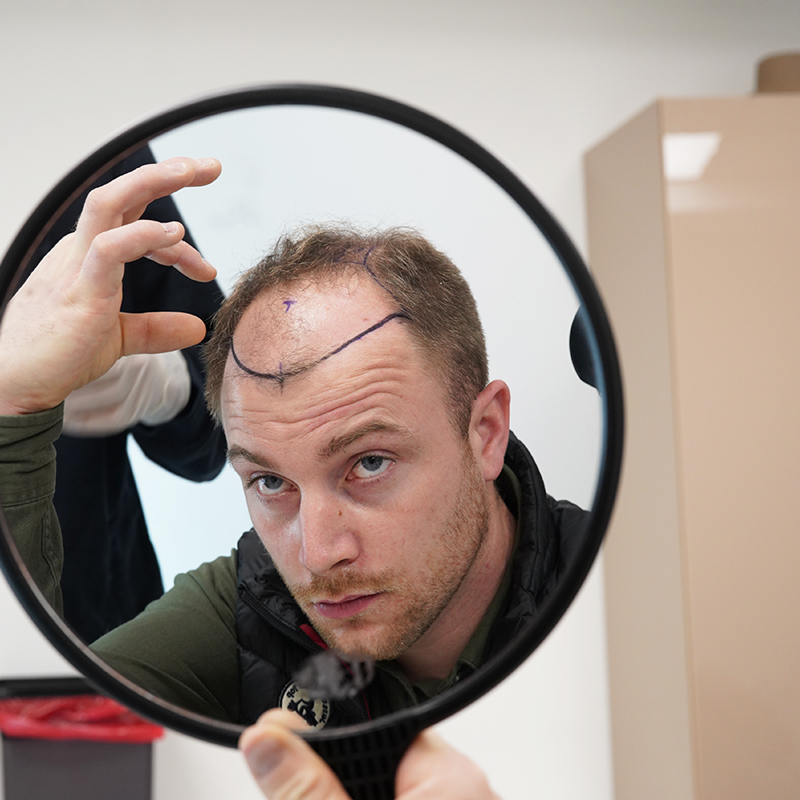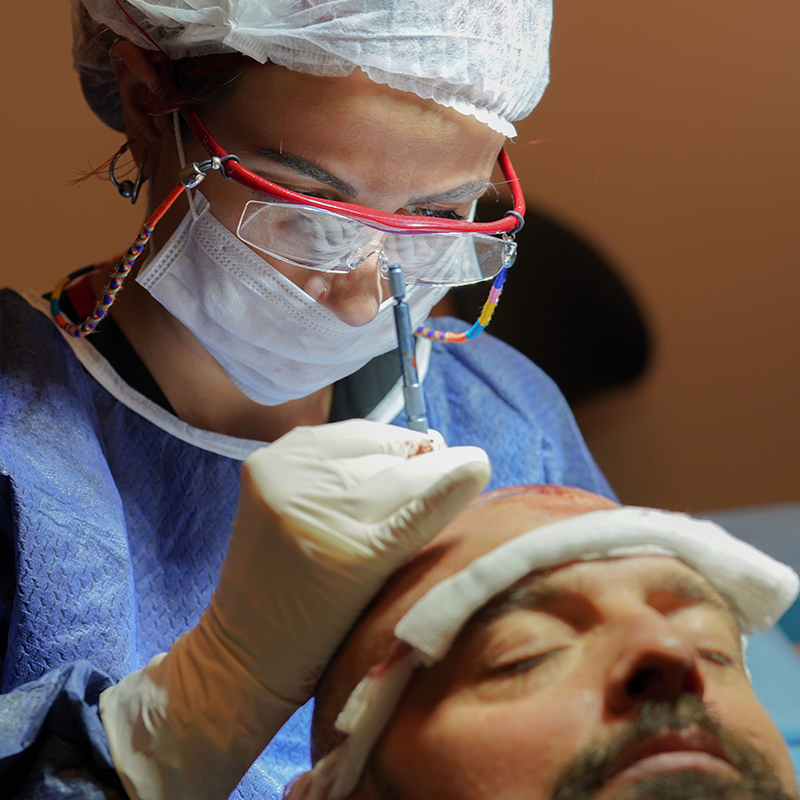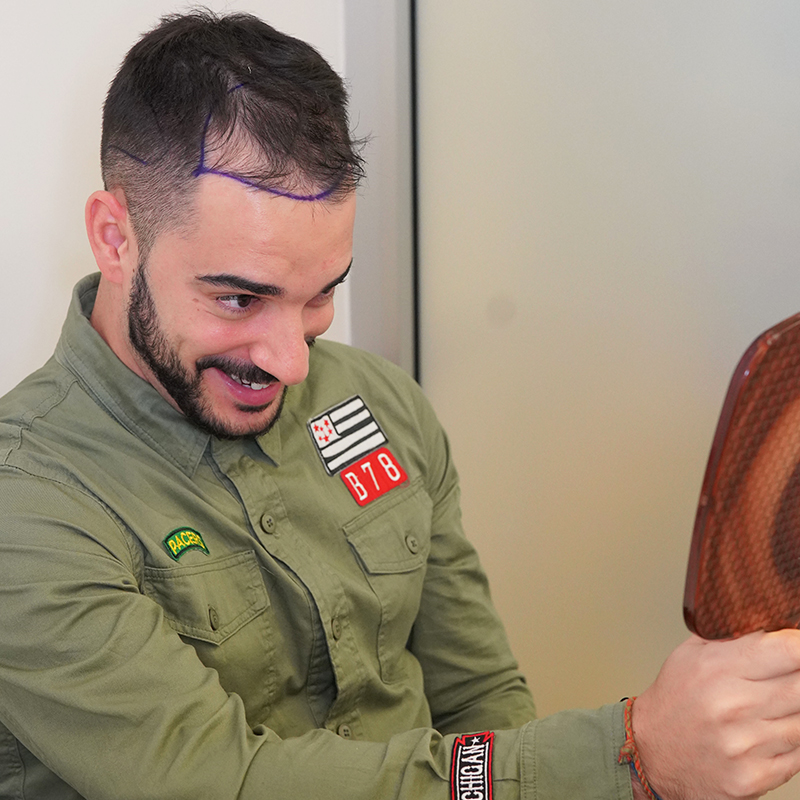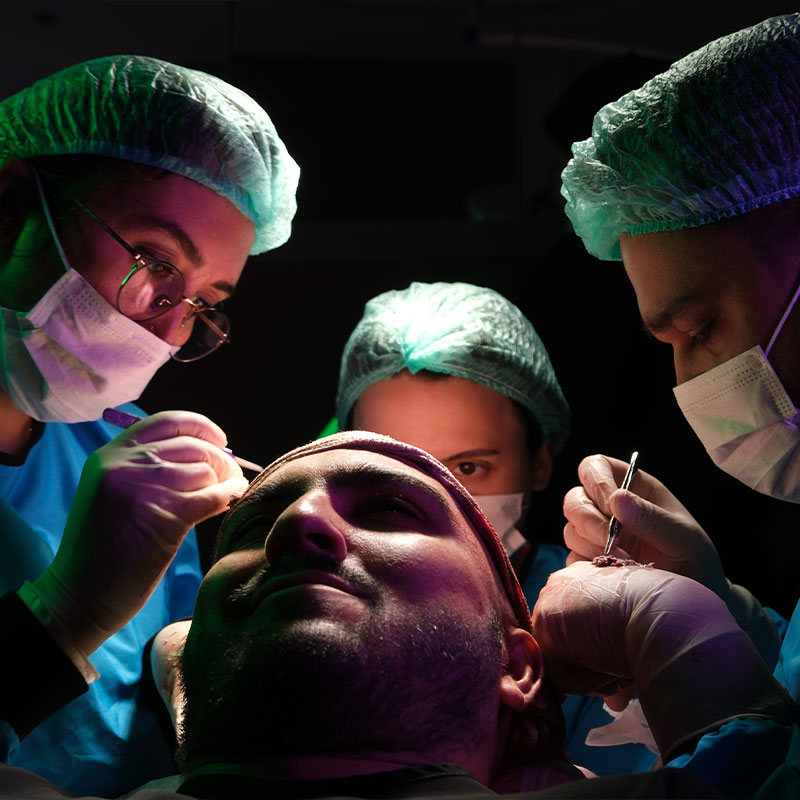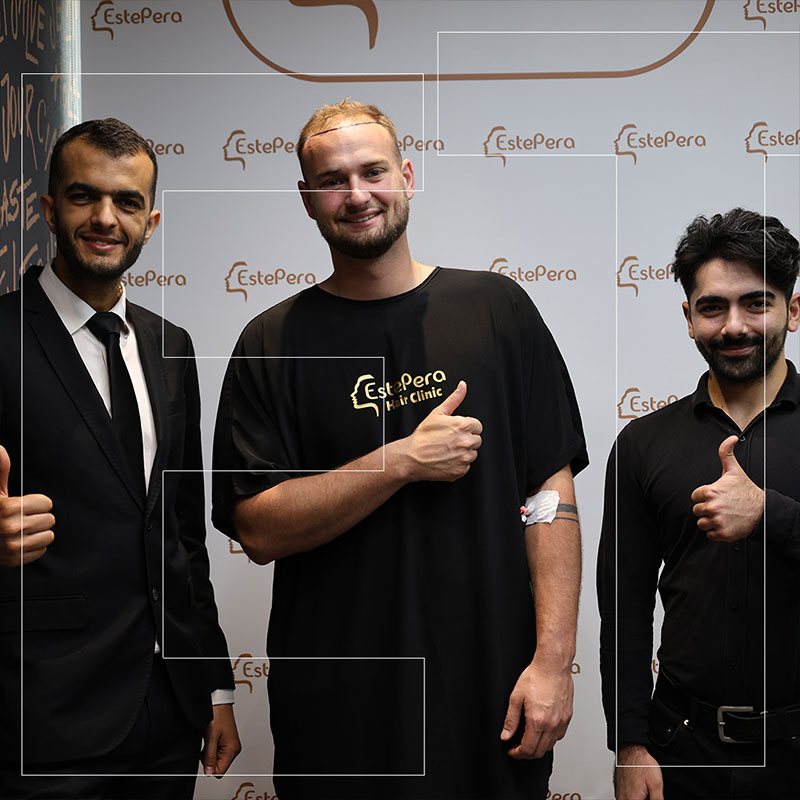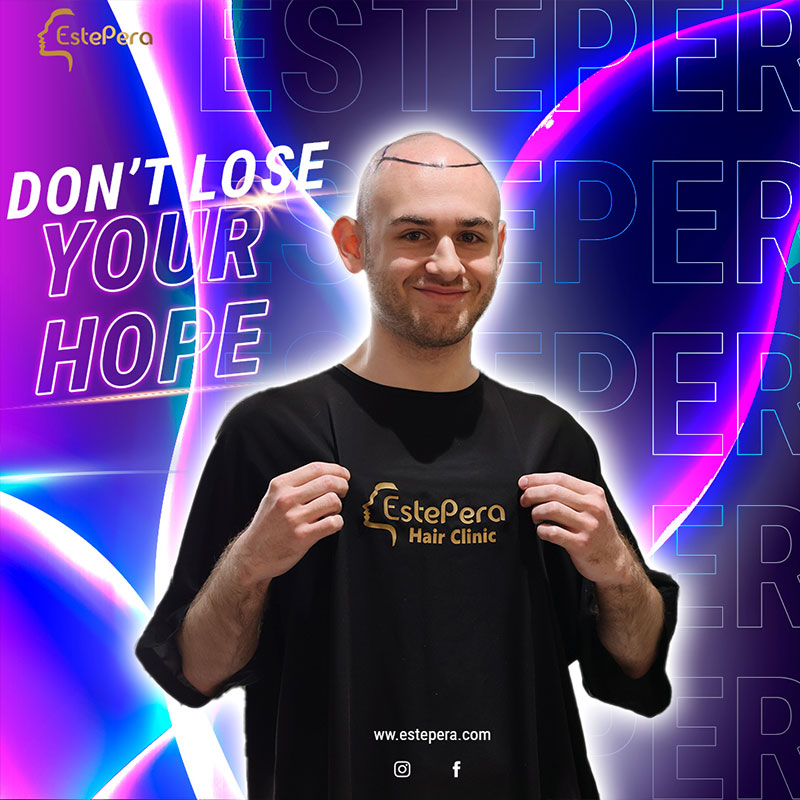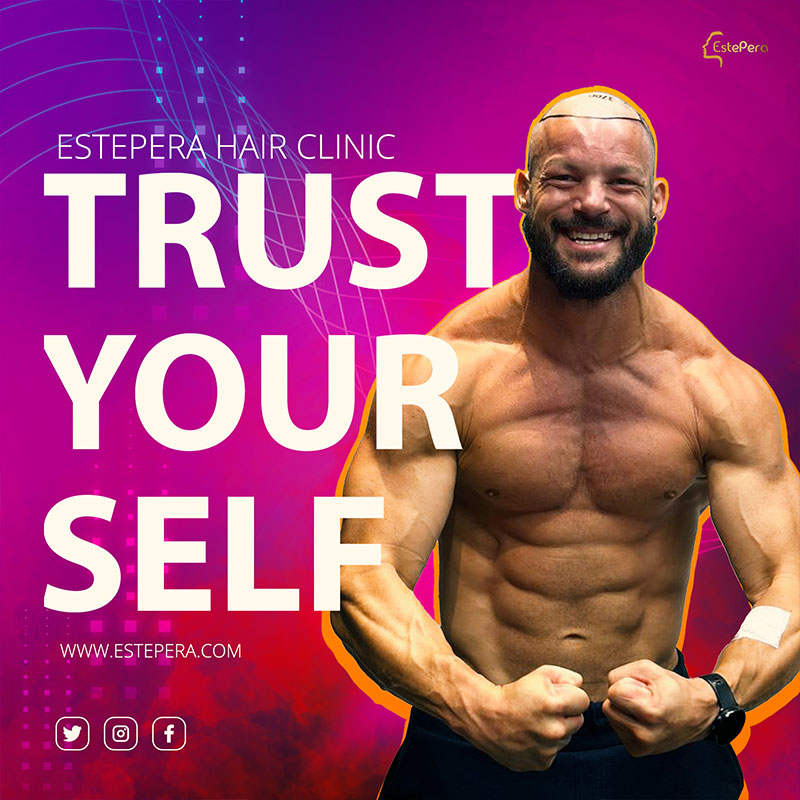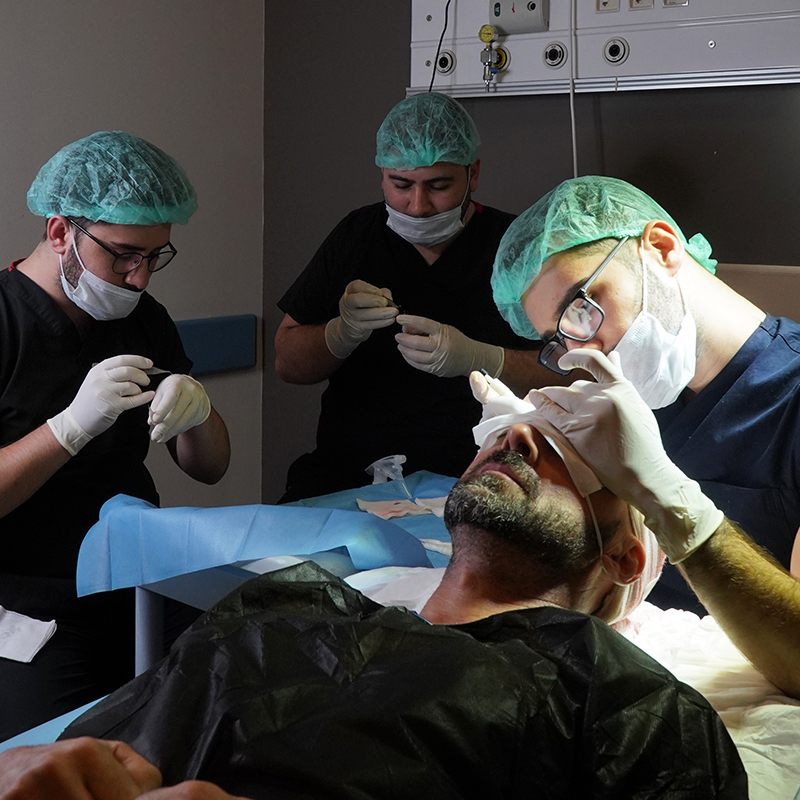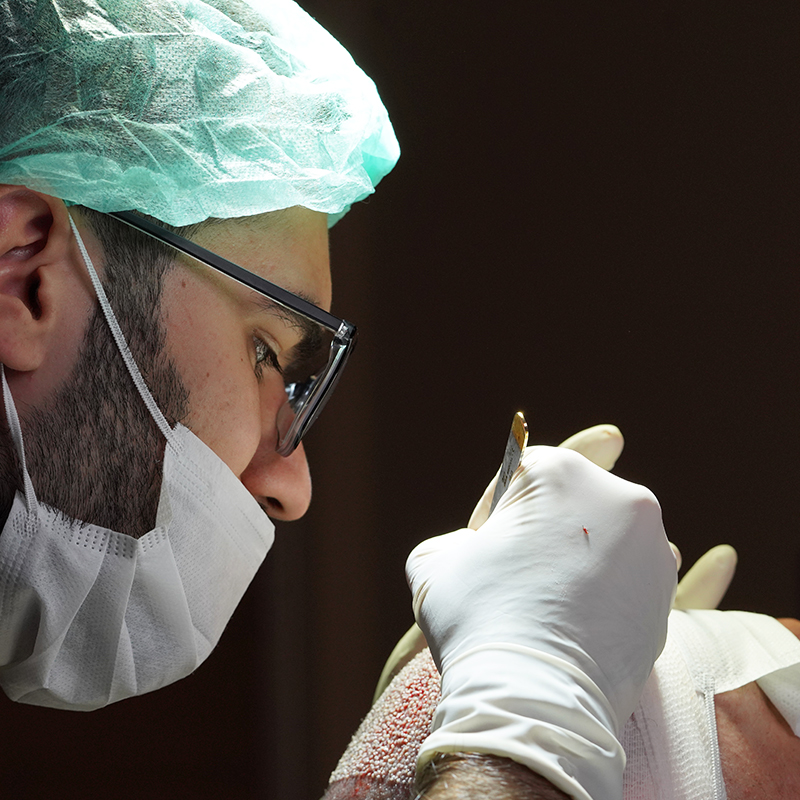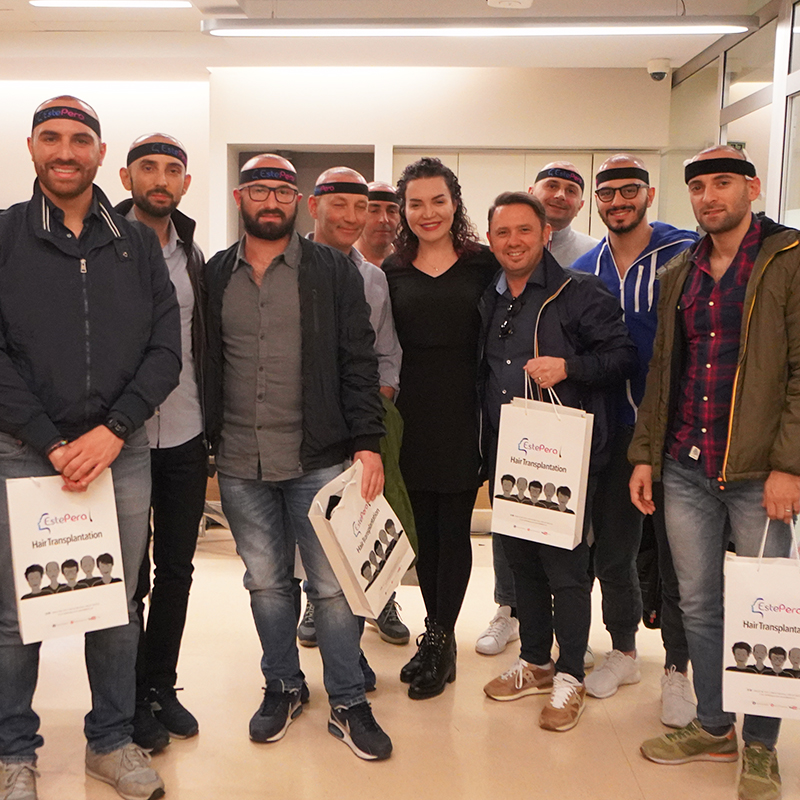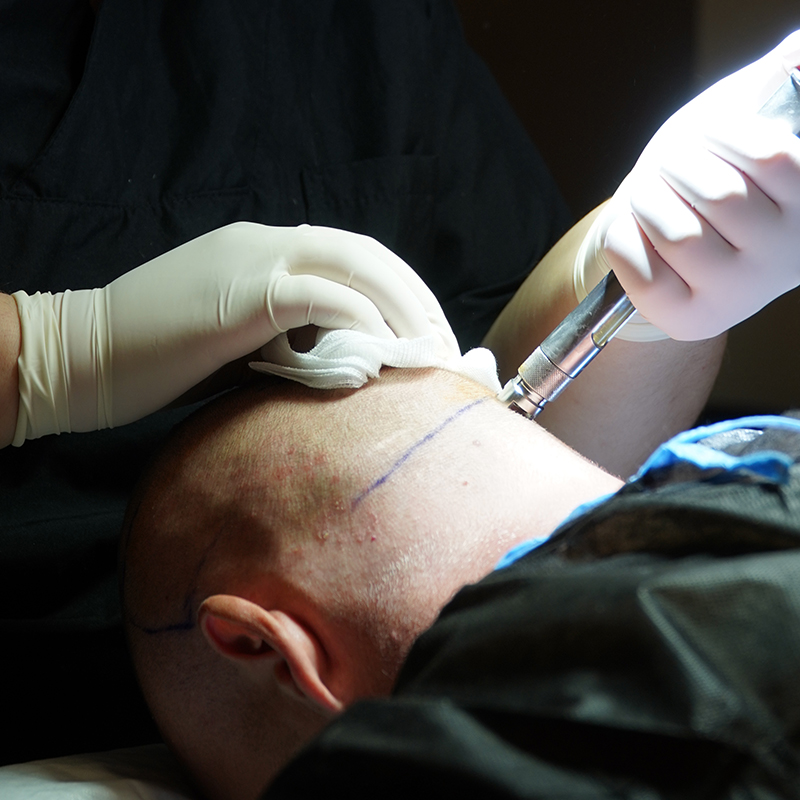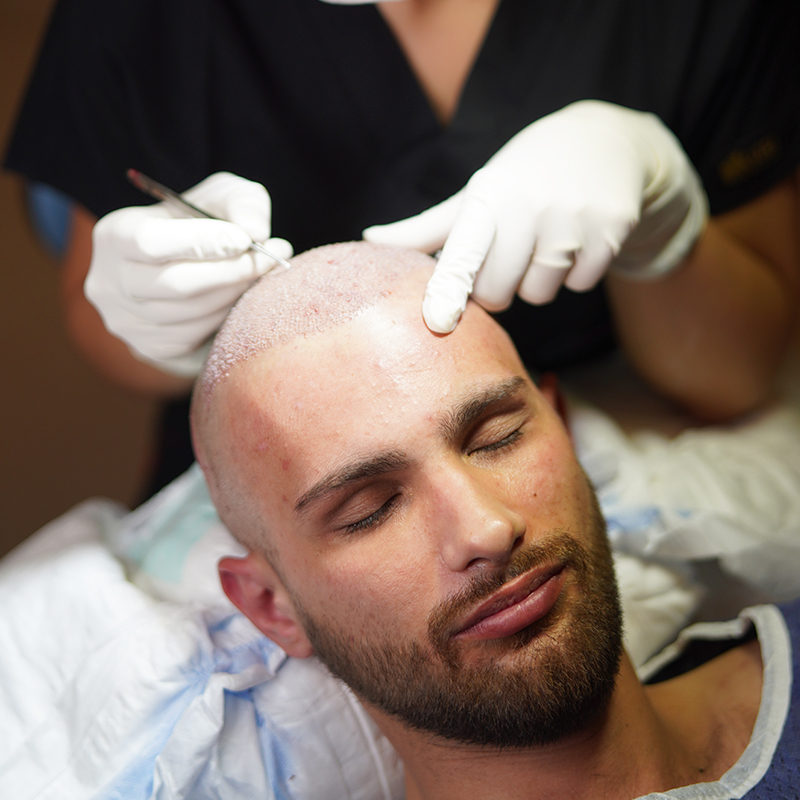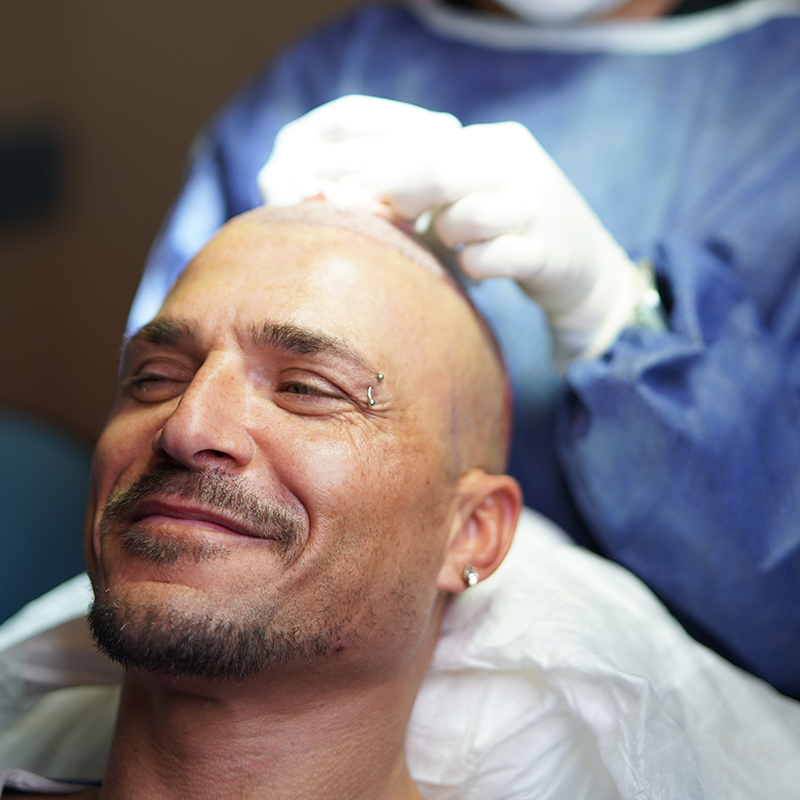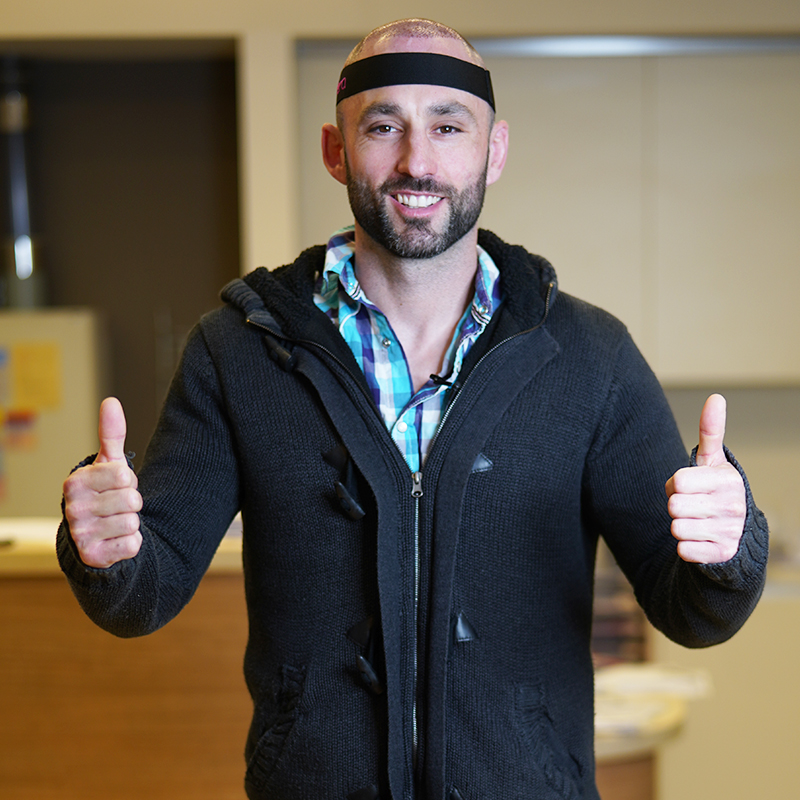Derma rolling for hair growth is a non-invasive technique that uses tiny needles to stimulate the scalp, increase blood flow, and activate hair follicles. This method, also known as microneedling, has gained popularity for its ability to combat hair thinning and support natural hair regrowth—especially when combined with topical solutions. But how exactly does it work, and what makes it effective?
Understanding Derma Rolling: What Is It?
Derma rolling, also referred to as microneedling, involves the use of a cylindrical roller embedded with hundreds of tiny needles. These needles, typically ranging from 0.25mm to 1.5mm in length, create microscopic punctures on the scalp’s surface. These controlled micro-injuries initiate the body’s healing response, which boosts collagen production, increases blood supply to hair follicles, and promotes a healthier scalp environment.
How Does Derma Rolling Stimulate Hair Growth?
The key to derma rolling’s effectiveness lies in its ability to rejuvenate the scalp. By creating micro-channels in the skin, the treatment enhances the absorption of topical hair growth products such as mino – xidil or natural serums. Simultaneously, the increased blood flow nourishes the hair follicles, potentially shifting dormant follicles into the anagen (growth) phase. This dual action of mechanical stimulation and enhanced nutrient delivery is why many users report visible improvements in hair density over time.
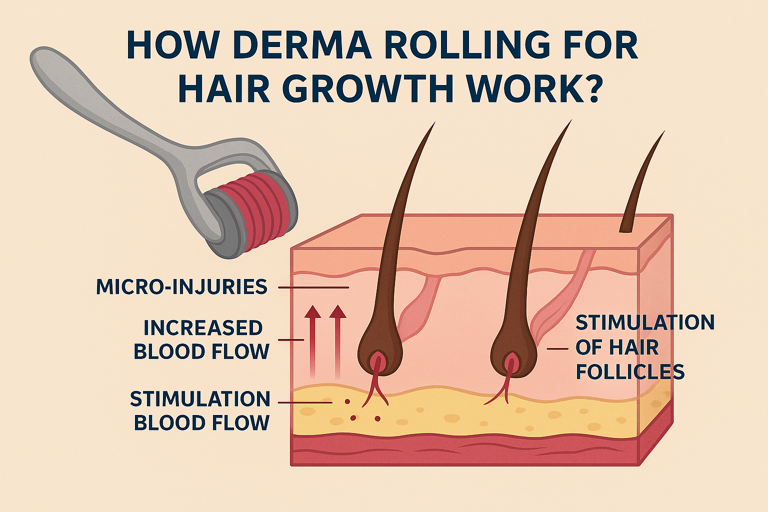
Benefits of Derma Rolling for Hair Health
One of the major advantages of derma rolling is that it is a non-surgical, relatively affordable method that individuals can perform at home or have done by professionals. Additional benefits include:
- Improved scalp circulation
- Enhanced absorption of growth serums
- Strengthening of hair roots
- Reduced hair shedding
- Activation of inactive follicles
Comparison with Other Hair Restoration Methods
| Treatment Type | Invasiveness | Cost | Recovery Time | Efficacy |
|---|---|---|---|---|
| Derma Rolling | Non-invasive | Low | Minimal | Moderate to High |
| Mesotherapy | Minimally invasive | High | 1–2 days | High |
| Hair Transplant | Invasive | Very High | 7–14 days | Very High |
| Topical Mino – xidil | Non-invasive | Medium | None | Moderate |
Choosing the Right Needle Length
The size of the needles used during derma rolling has a significant effect on the results. Shorter needles (0.25mm) are primarily used to enhance serum absorption, while longer needles (0.5mm to 1.0mm) provide deeper stimulation for collagen and follicular activity. For safety, it is advised that needles longer than 1.0mm be used only under medical supervision.
How to Use a Derma Roller: Step-by-Step
1 – Cleanse the scalp thoroughly.
2 – Disinfect the derma roller.
3 – Gently roll the device over thinning areas horizontally, vertically, and diagonally.
4 – Apply a suitable hair growth serum immediately after.
5 – Disinfect the roller again and store it properly.
6 – This process can be done 1-2 times per week depending on scalp sensitivity.
Combining Derma Rolling with Topical Treatments
One of the most effective strategies is to combine derma rolling with clinically proven serums. Products like mino – xidil, peptide solutions, or natural oils like rosemary or castor oil can penetrate deeper into the scalp when applied after microneedling. This enhances their effectiveness significantly.
Potential Side Effects and Safety Tips
While derma rolling is considered safe, some temporary redness, tingling, or sensitivity can occur. It is crucial to:
- Avoid excessive pressure
- Always sterilize the roller
- Do not use on infected or inflamed scalp
- Use sunscreen or avoid sun exposure post-treatment
Who Should Avoid Derma Rolling?
People with active scalp conditions like psoriasis, eczema, or severe dandruff should avoid microneedling. It is also contraindicated for individuals with blood clotting disorders, recent transplants, or active infections.
Scientific Evidence Behind Derma Rolling
A notable study published in the International Journal of Trichology in 2013 demonstrated that combining derma rolling with mino – xidil led to significantly better hair regrowth compared to using mino – xidil alone. Patients experienced increased hair count and greater hair thickness over a 12-week period.
Estepera Hair Clinic’s Perspective
At Estepera Hair Clinic, derma rolling is recommended as an adjunct therapy for early-stage hair loss or as a post-transplant support method. Our specialists tailor microneedling protocols based on individual scalp condition, hair loss level, and response to treatment. When combined with advanced hair serums and personalized plans, derma rolling becomes a highly effective part of comprehensive hair restoration.
Derma rolling offers a promising, non-invasive solution for people looking to enhance hair growth naturally. Its ability to improve serum absorption, stimulate follicular activity, and rejuvenate the scalp makes it an accessible and effective method. For best results, especially in moderate hair loss cases, it is advised to consult experts like those at Estepera Hair Clinic.
At Estepera Hair Clinic, we offer tailored solutions—from medical therapy to cutting-edge hair transplants—backed by expert care and state-of-the-art technology. If you’re concerned about thinning hair, don’t wait. Reach out today and take the first step toward a healthier, fuller head of hair.

 FR
FR ES
ES IT
IT DE
DE RU
RU PT
PT AR
AR RO
RO BG
BG MK
MK IL
IL GR
GR ID
ID SK
SK JP
JP CN
CN PL
PL KR
KR







